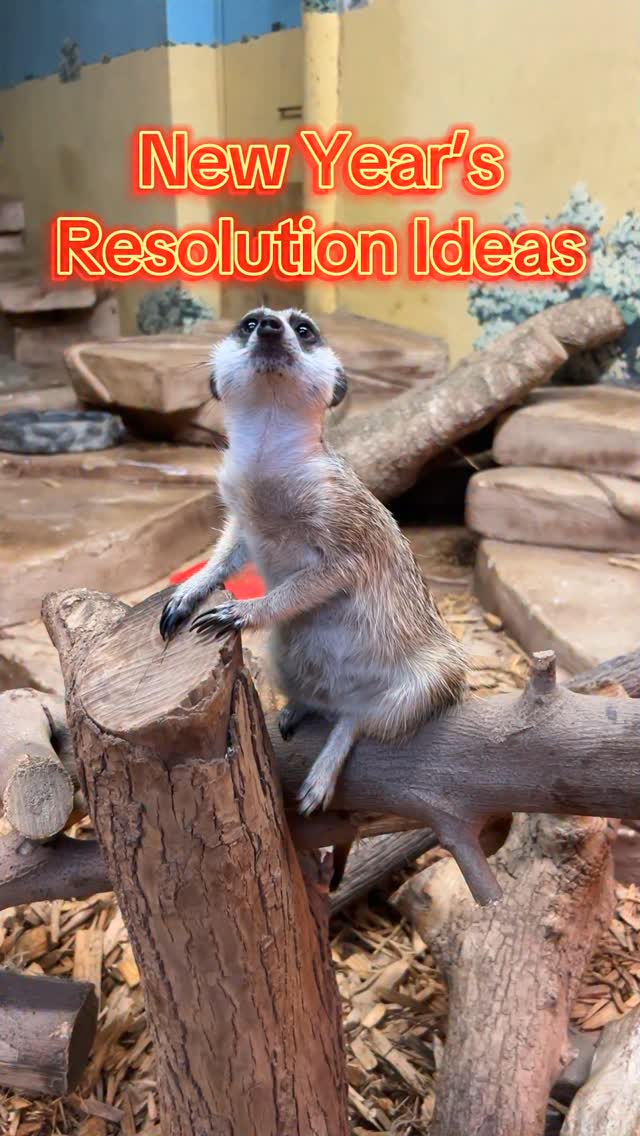- The Role of Resolutions in Zoology and Wildlife Conservation
- Innovative Approaches to Zoo Management and Wildlife Preservation
- Balancing Human Influence and Wildlife Needs
- The Importance of Community Engagement and Education
Resolutions play a vital role in setting targets that drive progress in zoology and wildlife conservation. They provide a roadmap for individuals and organizations committed to protecting biodiversity. Resolutions guide professionals in prioritizing actions, focus on the critical aspects of conservation, and allocate resources effectively. As we strive to safeguard various animal species, resolutions are not just aspirational but serve as actionable goals establishing practical steps toward preservation.
Innovative approaches are essential for effective zoo management and wildlife conservation. With advancements in technology and research, strategies for preserving wildlife habitats and species continue to evolve. Zoos, traditionally seen as places of recreation, have transformed into centers for conservation and education. Initiatives such as captive breeding programs, genetic research, and the reintroduction of species into their natural habitats represent significant resolutions for conservationists. These strategies help manage animal populations, enhance genetic diversity, and ensure the survival of species that may otherwise face extinction.
The balance between human influence and the needs of wildlife is crucial in conservation efforts. Human activities such as urbanization, pollution, and deforestation significantly impact wildlife habitats, causing fragmentation and loss. Resolutions focused on sustainable practices aim to mitigate these effects by promoting eco-friendly policies and responsible land use. It involves integrating conservation plans within urban development, establishing protected areas, and fostering co-existence between human activities and wildlife needs. Successful conservation requires collaborative efforts that prioritize common interests between people and wildlife.
Community engagement and education play a critical role in zoology and conservation. Resolutions designed to raise awareness about wildlife issues encourage public participation in conservation efforts. Education programs, public outreach, and partnerships with local communities foster a deeper understanding of the importance of biodiversity. By empowering communities with knowledge and tools for conservation, individuals can make informed decisions and adopt eco-friendly practices. It is essential for resolutions to include transparent communication and active participation, promoting lasting change in attitudes and behaviors towards wildlife preservation.
Scientific literacy is another component embedded in resolutions for conservation. It underpins efforts to draw attention to ecological issues and foster informed community support. By providing educational resources and engaging content, resolutions play a part in building an empowered society capable of making educated choices. Scientific knowledge, paired with creative communication strategies, creates a culture of conservation that reflects in everyday choices, thereby enhancing collective action towards wildlife protection.
In summary, resolutions form the foundation of zoology and wildlife conservation efforts. They guide innovative approaches toward preserving biodiversity, balancing human activities with wildlife needs, and engaging communities. Through education and strategic action, resolutions support a sustainable future for both wildlife and people. Resolutions for conservation are no longer optional but essential for maintaining the health of our planet and its diverse ecosystems. As we create and commit to these resolutions, we contribute to a legacy of stewardship and care for our environment and all its inhabitants.
*****
Source Description
What are some of your resolutions for


